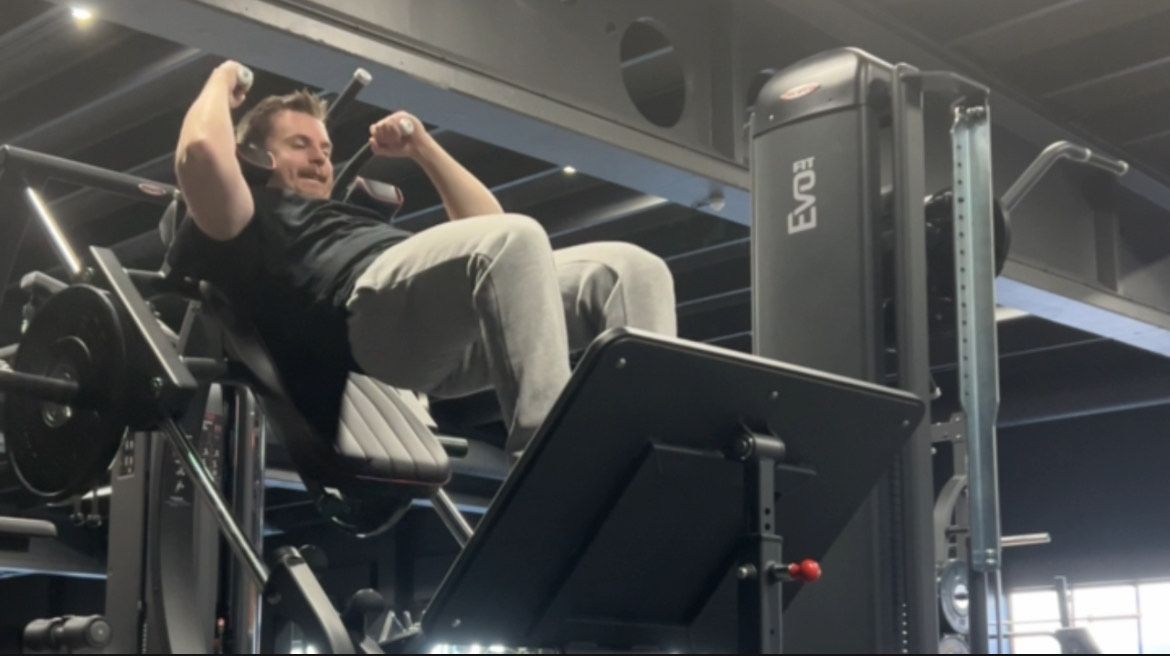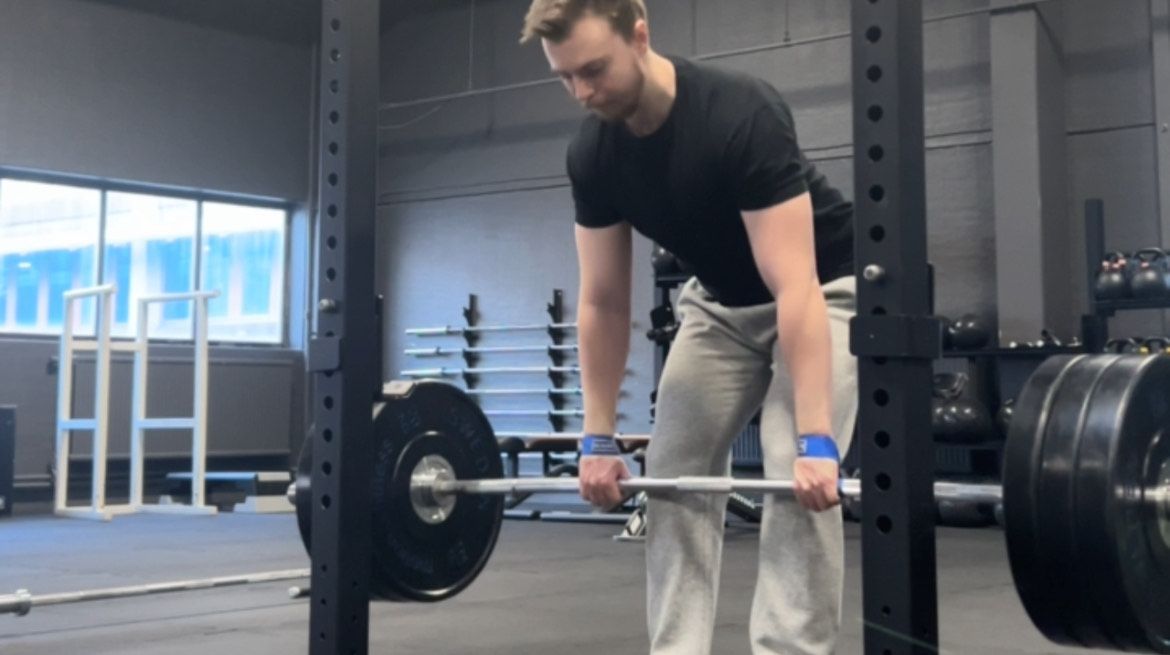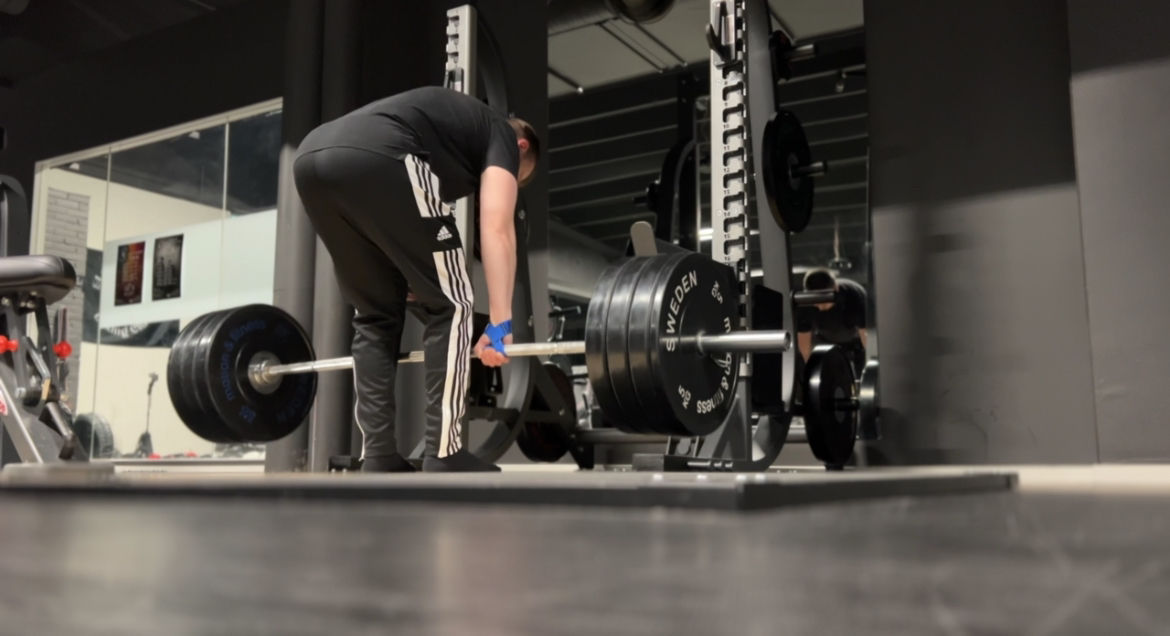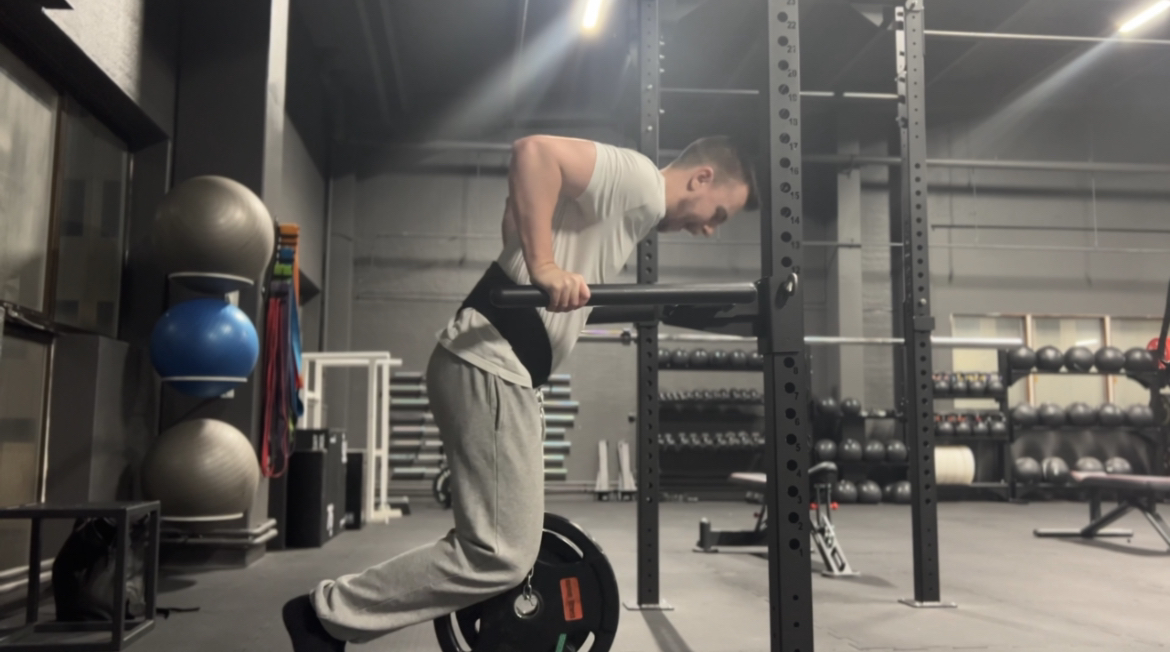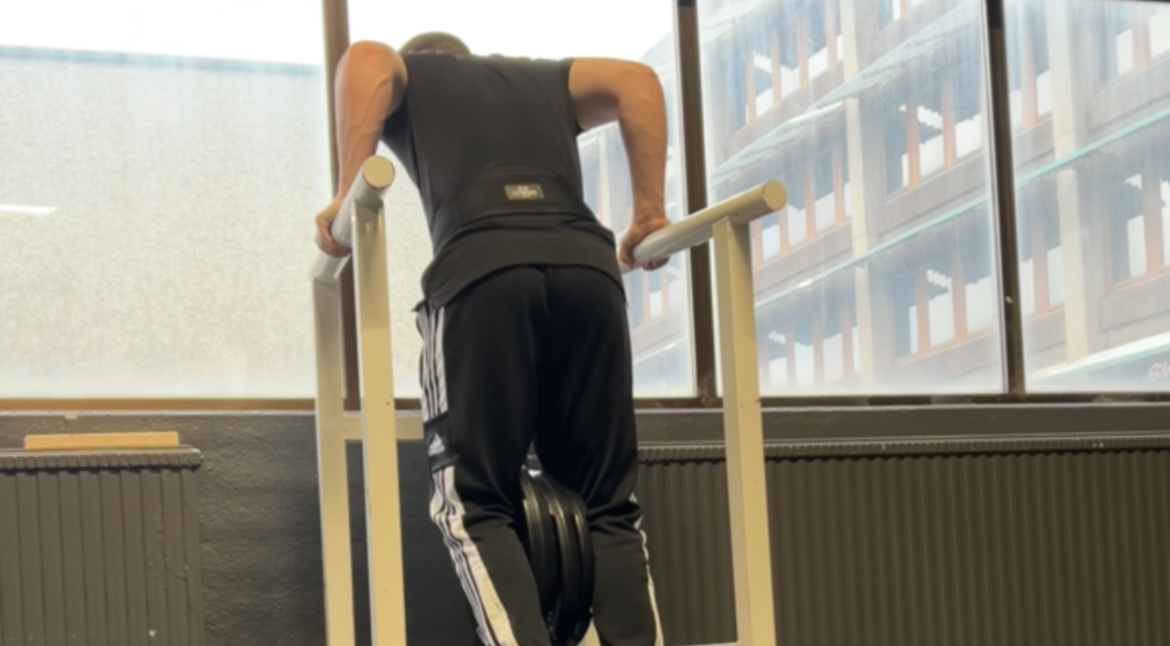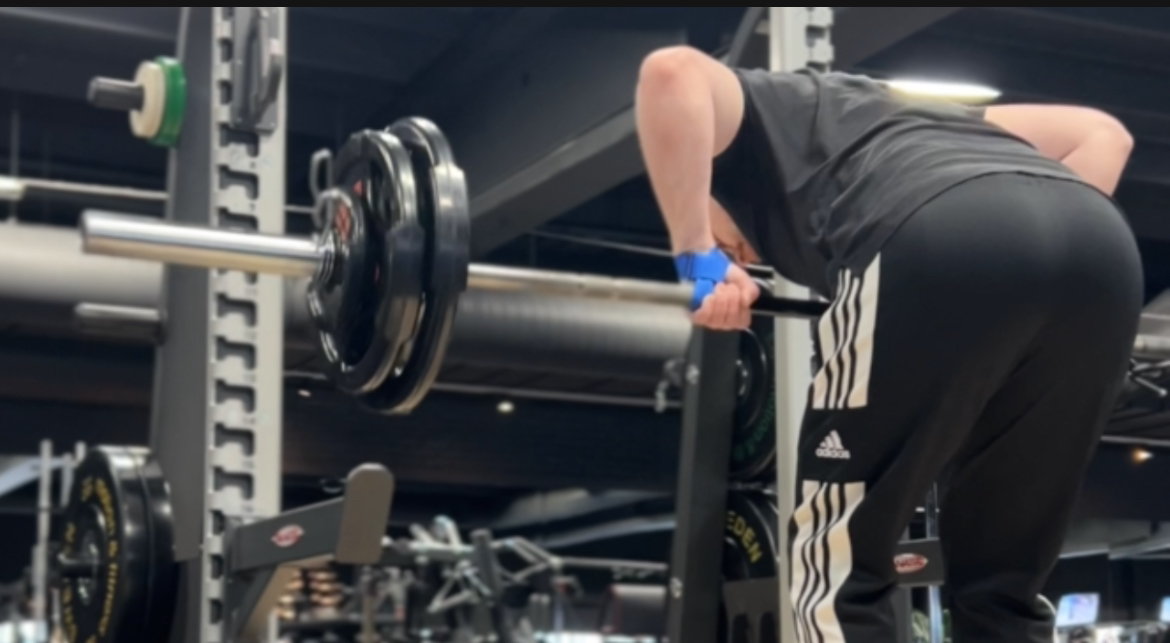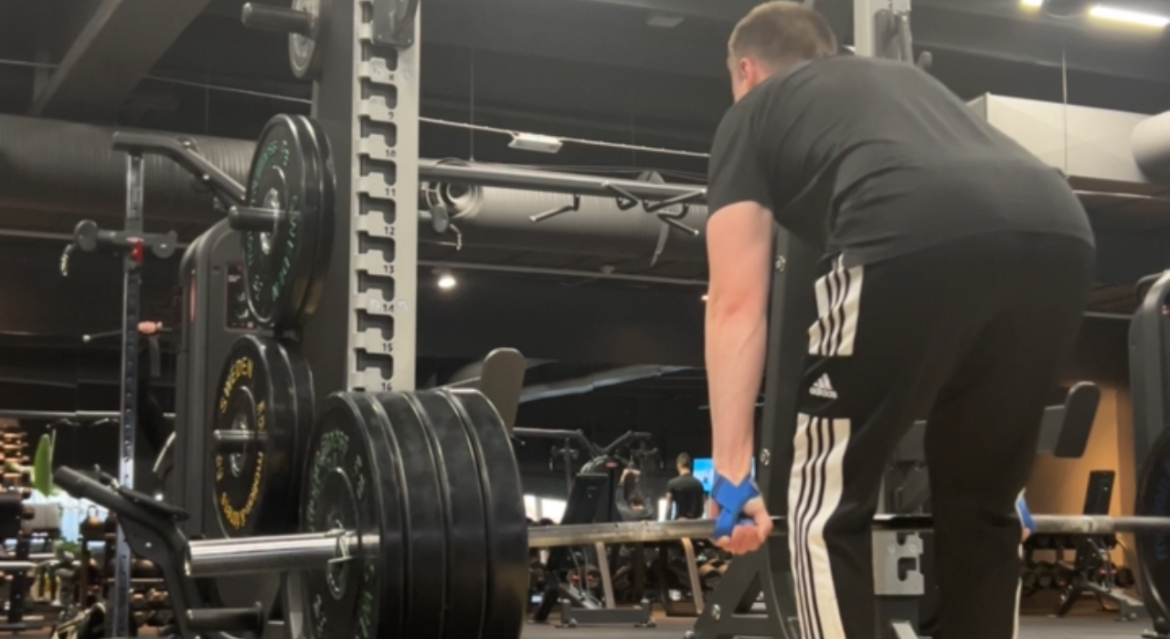Why you should try jm press
This exercises will blow up up your triceps
When it comes to building strong and well-defined triceps, the JM press is a valuable yet often overlooked exercise. Named after powerlifting legend JM Blakley, the JM press is a hybrid movement combining elements of the skull crusher and the close-grip bench press. It’s designed to target the triceps intensely, promoting strength and hypertrophy. Here’s everything you need to know about the JM press, from its benefits to proper execution and tips for incorporating it into your workout routine.
Benefits of the JM Press
- Triceps Isolation: The JM press effectively isolates the triceps, providing a powerful stimulus for growth and strength development. It emphasizes the long head of the triceps, which is crucial for overall arm mass.
- Improved Lockout Strength: This exercise is particularly beneficial for powerlifters and athletes who need to improve their lockout strength in pressing movements, such as the bench press.
- Elbow-Friendly: Unlike some triceps exercises that can be harsh on the elbows, the JM press can be gentler on the joints when performed correctly, making it a good option for those with elbow discomfort.
- Versatility: The JM press can be performed with a barbell, EZ-curl bar, or even dumbbells, allowing for variety in your training and adaptability based on available equipment.
How to Perform the JM Press
Equipment Needed: Barbell (or EZ-curl bar), flat bench.
- Setup:
- Lie on a flat bench with your feet planted firmly on the ground.
- Grip the barbell with a close grip, slightly narrower than shoulder-width.
- Unrack the barbell and hold it above your chest with arms fully extended.
- Descent:
- Begin by lowering the barbell towards your chest. Instead of bringing the bar directly down, move it in a diagonal path toward your upper chest, aiming for a point just below the clavicles.
- Keep your elbows tucked close to your body, maintaining a 45-degree angle between your upper arm and torso.
- Press:
- Once the barbell is close to your chest, press it back up in a controlled manner, following the same diagonal path.
- Focus on extending your elbows to engage the triceps fully.
- Repetition:
- Perform the desired number of repetitions, maintaining control and proper form throughout the movement.
Common Mistakes and How to Avoid Them
- Flared Elbows: Ensure your elbows stay tucked throughout the movement. Flared elbows can reduce triceps activation and place undue stress on the shoulders.
- Incorrect Bar Path: The JM press requires a unique diagonal bar path. Practice the movement with lighter weights initially to master the correct path.
- Too Much Weight: Avoid using excessively heavy weights that compromise form. Focus on controlled, deliberate movements to maximize triceps engagement.
- Rushed Repetitions: Perform each repetition slowly and deliberately. The goal is to maintain tension on the triceps, so avoid rushing through the movement.
Incorporating the JM Press into Your Workout
- As a Primary Triceps Exercise: Include the JM press as a primary triceps exercise in your upper body or push workout days. Perform 3-4 sets of 8-12 repetitions.
- Accessory Movement: Use the JM press as an accessory movement after compound lifts like the bench press or overhead press to further target and fatigue the triceps.
- Variation: Alternate between the JM press and other triceps exercises such as dips, skull crushers, and close-grip bench presses to provide variety and prevent adaptation.
Conclusion
The JM press is a potent exercise for anyone looking to build strong and defined triceps. By effectively isolating the triceps and improving lockout strength, it serves as a valuable addition to any upper body or strength training routine. As with any exercise, proper form and gradual progression are key to maximizing benefits and minimizing the risk of injury. Incorporate the JM press into your workout regimen and experience the gains in triceps strength and size.
